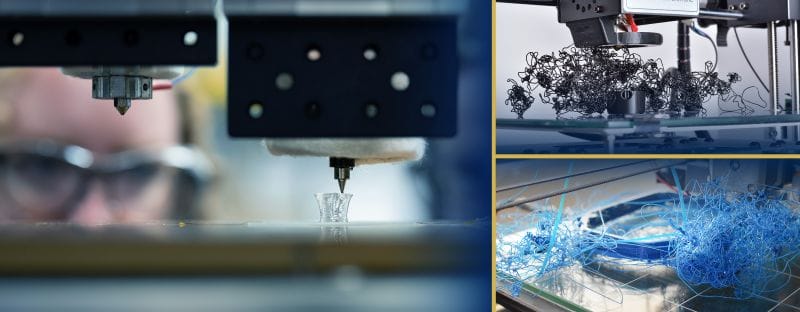RSS feed source: National Science Foundation
Researchers supported by the U.S. National Science Foundation have discovered that it is not how much of a key molecule that allows axolotls to regenerate limbs properly, it is how little. This new knowledge moves researchers closer to enabling tissue repair and, possibly, limb regeneration in humans.
“Axolotls are a species of salamander that have the ability to regrow limbs and repair organ tissue,” said Anna Allen, a program officer in the NSF Directorate for Biological Sciences. “Based on previous work, researchers knew that a particular molecule told cells to start the process of regrowth but how cells knew where they were along a limb and, therefore, what structure to build in that location remained a mystery.”
The new work, led by James Monaghan, a professor of biology and director of the Institute for Chemical Imaging of Living Systems at Northeastern University, shows that the key is how that critical molecule, retinoic acid, degrades. An enzyme whose only job is to destroy retinoic acid is extremely prevalent at the far end of the limb (the wrist) but much less prevalent at the shoulder, meaning the reverse for retinoic acid. It is this decreasing amount of retinoic acid that allows the cells to know if they are at the shoulder, mid-limb, or wrist.
Building on their findings, the researchers used CRISPR technology to turn off certain
Click this link to continue reading the article on the source website.



